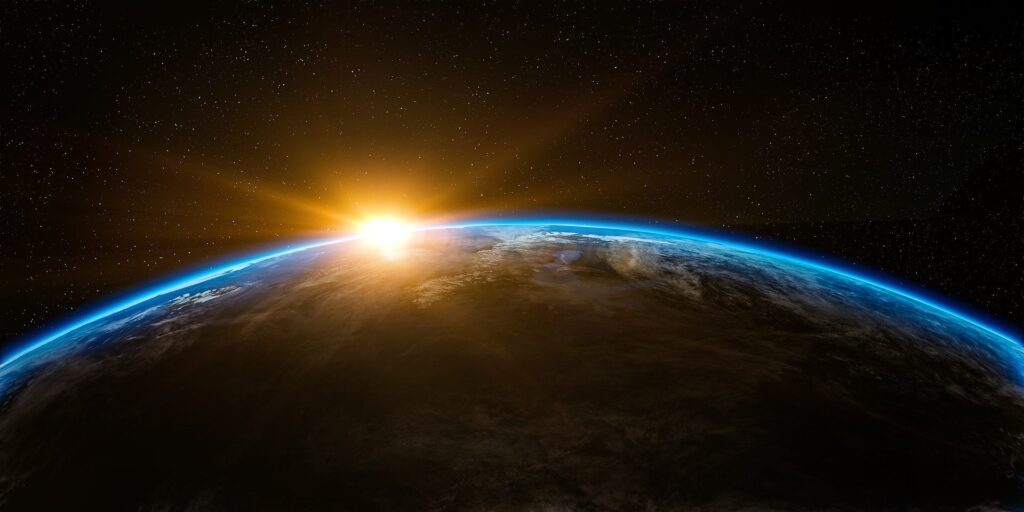
The part of the atmosphere closest to the Earth’s surface has been warming since the Industrial Revolution. This warming is associated with increasing amounts of carbon dioxide as well as other human-made chemicals that have been changing the makeup of the atmosphere. Climate change is generally thought about in terms of the lowest regions of the atmosphere – known as the troposphere – where our weather happens.
But climate models also predict that another result of the changes to the makeup of the atmosphere is that most of the atmosphere up higher will get dramatically colder. The same gases that are warming the bottom few miles of air are cooling the much greater expanses above that extend to the edge of space.
Recent satellite data has confirmed the accuracy of these models and provide further confirmation of the human fingerprint of climate change. The natural variability of weather that complicates climate models does not play a role in the upper atmosphere.
In the higher levels of the atmosphere, the effects of increasing levels of carbon dioxide are quite different. In the thinner air up there, the heat trapped and re-emitted by CO2 does not bump into other molecules creating warming. Instead, it escapes to space. Combined with the trapping of heat at lower levels, the result is a rapid cooling of the upper atmosphere.
There are potential problems associated with the cooling upper atmosphere including that it is contracting. The result is that the crowd of manmade objects in low orbit remains there longer, and there is a potential increased degradation of the ozone layer.
The changes we are making to the atmosphere are having significant effects from the surface of the earth to the edge of space.
**********
Web Links
The Upper Atmosphere Is Cooling, Prompting New Climate Concerns
Photo, posted August 18, 2021, courtesy of Arek Socha via Flickr.
Earth Wise is a production of WAMC Northeast Public Radio
Leave a Reply